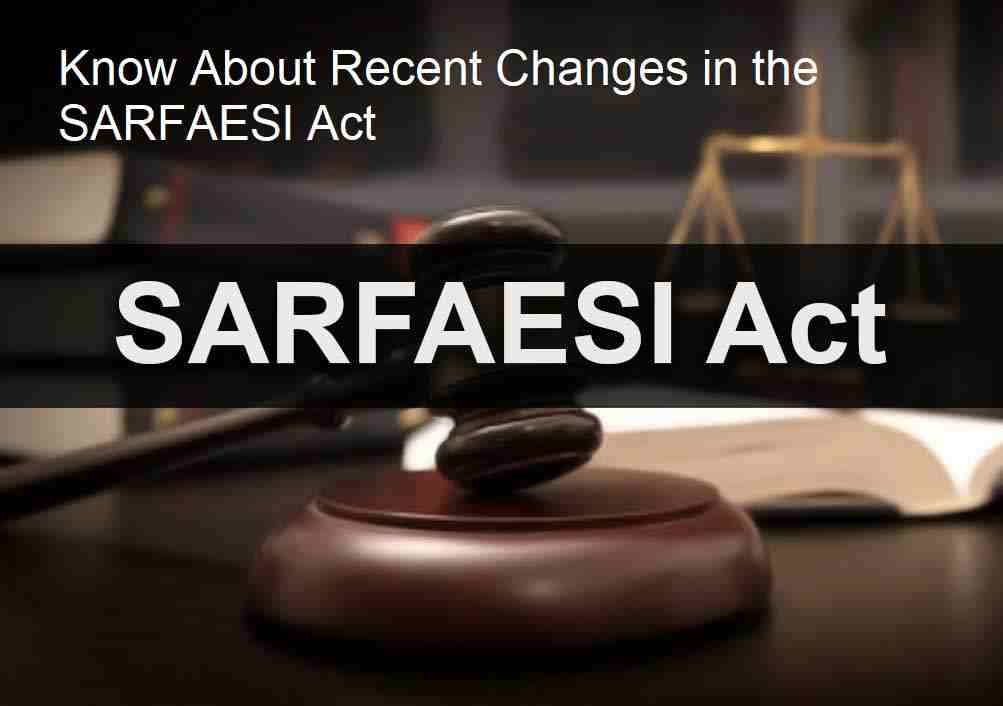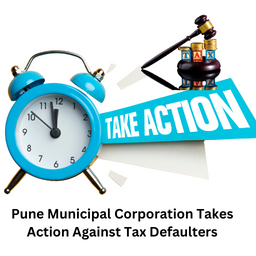Imagine yourself navigating a maze of financial regulations, making decisions that impact millions. Now, picture a protective bubble surrounding you, shielding you from potential lawsuits if you acted with "good faith" under the SARFAESI Act. That's what Section 32 offers – a legal fortress for those wielding power within the Act's framework.
But who gets to wear this cloak of immunity? The section mentions:
- The Reserve Bank: The financial watchdog itself stands protected. As they oversee and enforce the Act, their actions, as long as driven by good faith, cannot be challenged through lawsuits or other legal proceedings.
- The Central Registry: This crucial record keeper, responsible for storing information on debt transactions and assets, enjoys similar protection. Their duties, carried out with good faith, are shielded from legal attacks.
- Secured creditors and their officers: Banks, financial institutions, and even individuals acting as creditors under the Act find themselves under this protective umbrella. As long as their actions in debt recovery and enforcement are guided by good intentions and a genuine belief in upholding the Act's spirit, they cannot be dragged through the courts.
However, this "good faith" clause isn't a blank check. It serves as a filter, preventing frivolous lawsuits while not creating a free-for-all for reckless behavior. Remember, the actions must be:
- Done or omitted under the Act: Only actions taken within the legal framework defined by the SARFAESI Act qualify for this protection. Straying beyond its boundaries leaves the good faith shield behind.
- Driven by genuine intentions: Malicious intent or deliberate disregard for the Act's objectives can pierce the shield, exposing individuals and entities to legal consequences.
This section plays a crucial role in:
- Promoting efficient debt recovery: Knowing they are shielded from frivolous lawsuits, the Reserve Bank, Central Registry, and creditors can act with confidence and decisiveness within the bounds of good faith.
- Encouraging responsible conduct: The "good faith" clause emphasizes ethical decision-making and adherence to the Act's spirit, discouraging abuses of power.
- Maintaining system stability: This section fosters a climate of cooperation and trust within the debt recovery framework, ultimately benefiting borrowers and lenders alike.
In essence, Section 32 serves as a safety net, protecting those who act with good faith in executing the SARFAESI Act's provisions. It promotes responsible behavior, facilitates efficient debt recovery, and ultimately contributes to a stable and well-functioning financial system



